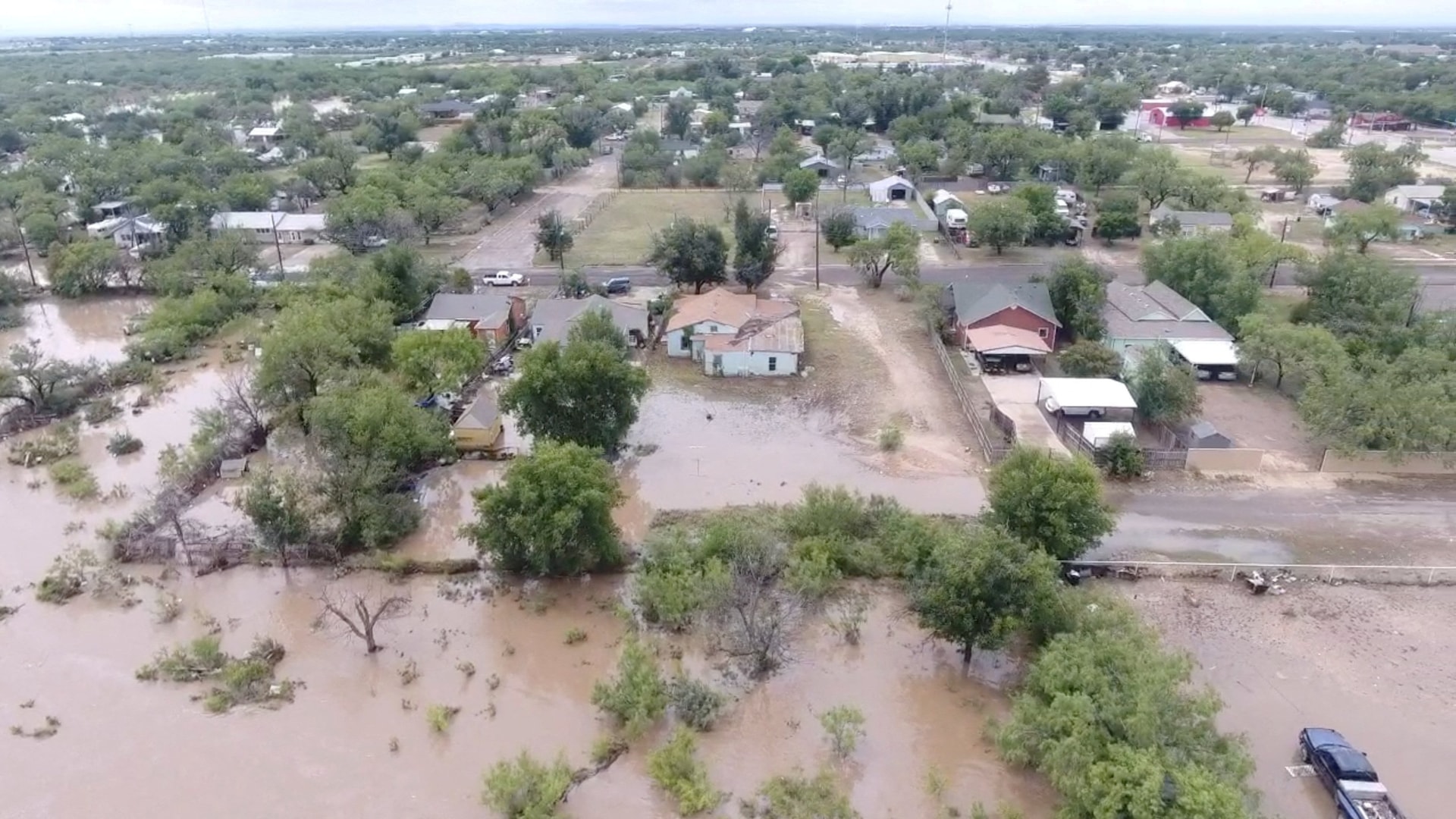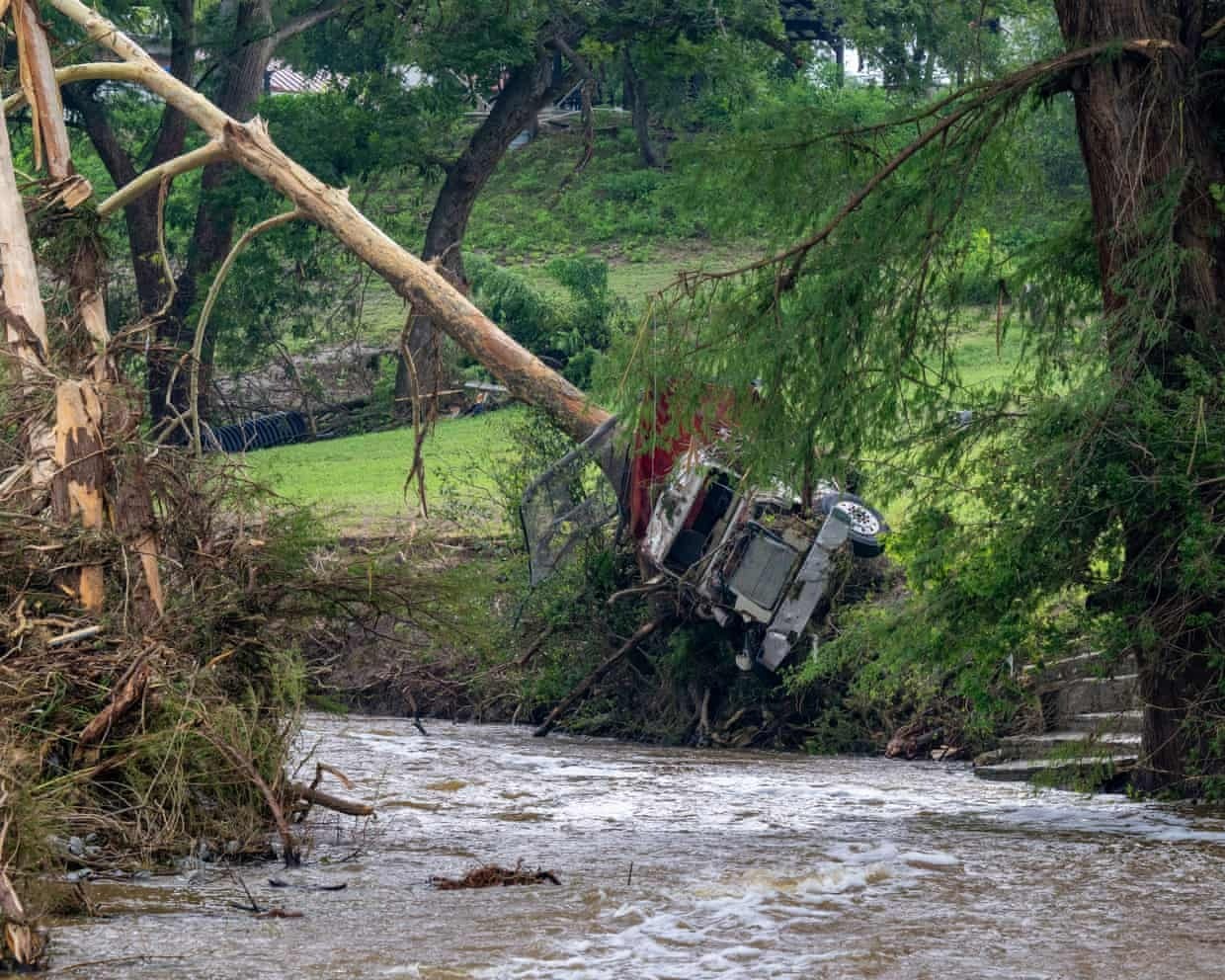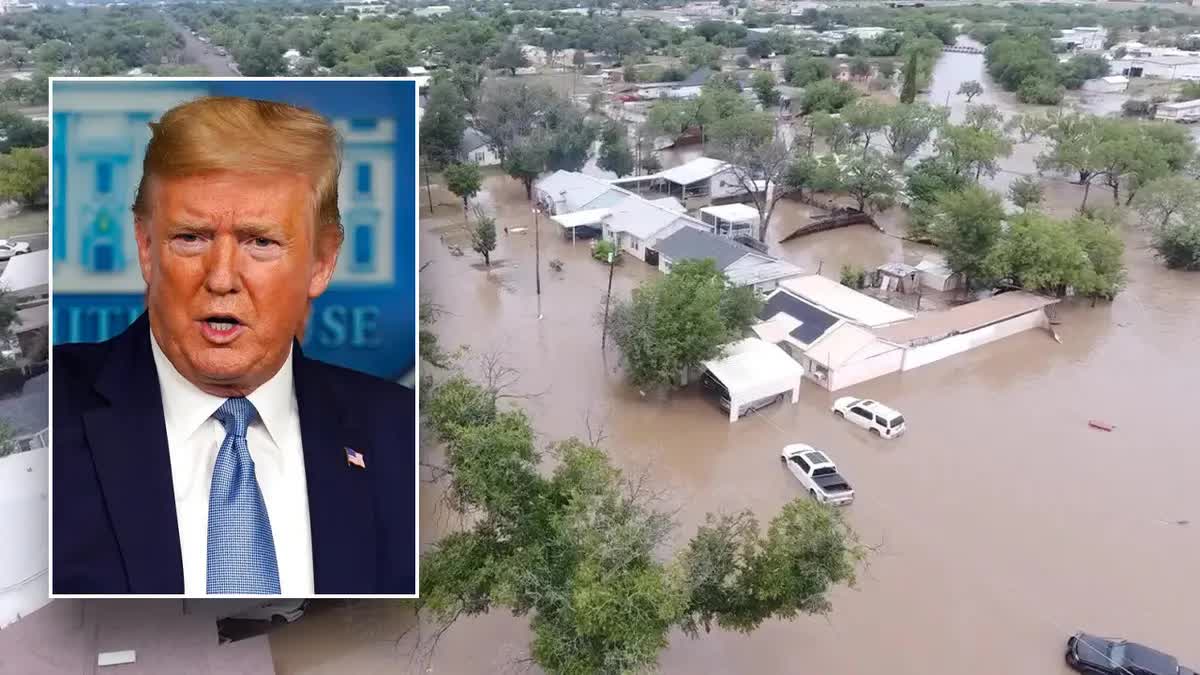
On July 8, 2025, the devastating floods in Texas entered their fifth day, claiming the lives of at least 104 individuals, with the death toll expected to rise as rescue operations continue.
The unprecedented flooding, caused by torrential rains, has left entire communities submerged, and search teams are still working tirelessly to locate those who remain missing.
Among the hardest-hit areas is Kerr County, where 84 victims, including 28 children, have been reported dead. Other counties, including Travis, Kendall, Burnet, Williamson, and Tom Green, also reported fatalities, adding to the already catastrophic toll.
One of the most heartbreaking stories to emerge from the floods is the tragedy at Mystic Camp, a summer camp for girls located beside the Guadalupe River.
The camp confirmed that 27 children and one counselor, Chloe Childress, a 19-year-old recent high school graduate, lost their lives after floodwaters surged to an unprecedented height of 8 meters in just 45 minutes on the morning of July 5.

The floodwaters swept away the cabins where the children were sleeping, leaving little time for escape. The sheer speed and ferocity of the flood left campers and staff with no chance of survival.
Governor Greg Abbott of Texas has confirmed that around 24 individuals are still missing as of the latest reports, and rescue efforts are ongoing with the involvement of over 20 state agencies and hundreds of volunteers.
Despite the overwhelming devastation, volunteers are working around the clock, with one stressing that they will not assume those missing are lost for good. "We will never assume they are dead," the volunteer emphasized, showing the commitment to finding survivors.
In a response to the calamity, President Donald Trump declared a federal disaster, unlocking emergency funds and resources to assist the affected regions. The National Weather Service confirmed that warnings about the flood were issued, but the disaster has raised questions about the effectiveness and accessibility of the country’s early warning system.
In some areas, like Kerr County, residents reported receiving flood warnings too late, with some only receiving alerts after the water levels had already risen dramatically. The delay in warnings has led to criticism, as many believe that the system needs to be overhauled to ensure timely notifications during such emergencies.

As the weather outlook improves, with lighter showers expected over the next few days and drier conditions forecast for July 10, rescue operations are expected to gain more momentum.
Although most of the Guadalupe River has returned to normal levels, concerns remain about other rivers that may still rise, as rainstorms continue in some parts of the state. Despite the weather improving, the damage caused by the flooding has left Texas facing an unprecedented disaster with no clear timeline for recovery.
The flooding has drawn not only national attention but also support from neighboring states. California Governor Gavin Newsom announced that his state would be sending urban search and rescue teams to Texas to assist with the ongoing operations.
Other states, including Missouri, Nebraska, Oklahoma, Colorado, and Florida, have also pledged to send specialized teams to help with the search and rescue efforts, emphasizing the importance of a coordinated national response to large-scale disasters like this one.
This tragic event has been described as one of the worst natural disasters to hit Texas in recent years, raising questions about the state's preparedness for such extreme weather events, especially in light of the growing concerns about climate change.

The devastating toll on human lives and the questions surrounding the effectiveness of disaster warnings serve as a stark reminder of the urgent need for improved infrastructure, better preparedness, and climate adaptation strategies.
As the people of Texas grapple with the aftermath of this catastrophic flood, questions remain about the capacity of emergency systems to handle such extreme weather events, especially as climate change continues to make these events more frequent and intense.
The flood serves as a wake-up call for the country, prompting reflection on how the government and communities can better prepare for the unpredictable challenges of a changing climate.
In conclusion, the deadly floods that have ravaged Texas serve as a devastating reminder of the power of nature and the vulnerabilities of human society when faced with extreme weather events.
With over 100 people dead and many more still missing, the ongoing rescue efforts are a testament to the resilience of the people of Texas, but the questions raised about the disaster warning systems and preparedness must not be ignored.

As the state recovers from this tragic event, it will be crucial to examine what went wrong and ensure that the lessons learned are applied to future disaster management strategies. With climate change likely to bring more extreme weather, the need for more effective systems and better coordination between states is clearer than ever.
-1752734424-q80.webp)
-1752738785-q80.webp)

